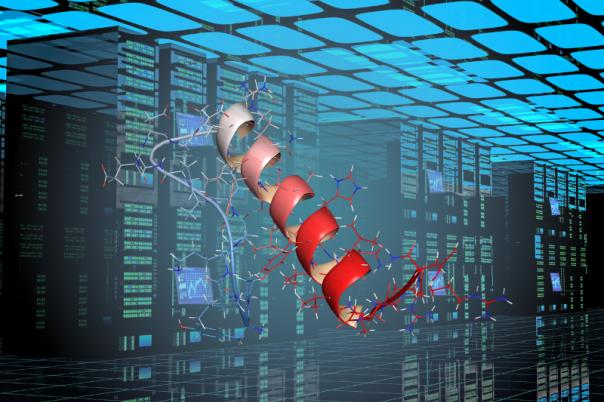In the biopharma industry, collaboration is key to accelerating drug development throughout the pipeline. Cytolytix is a joint venture with King’s College and ValiRx. It is a special-purpose vehicle that commercialises an oncolytic peptide platform, with a specific focus on fulfilling molecules' potential to act as force multipliers by releasing neoantigens and engaging host immune systems.
Mark Eccleston, Chief Executive Officer at ValiRx, explained that the mechanism of action is an oncolytic peptide that disrupts cell membranes by punching holes in them. The target is triple-negative breast cancer. This highly metastatic and aggressive cancer has a high unmet clinical need and is hard to treat using classical approaches.
The CLX 001 membrane lytic peptide was designed using rational design with all natural amino acids which differentiates ValiRx from other key players that rely on synthetic amino acid modifications. Following the design step, a combinatorial library approach screens different peptides. Eccleston noted that his preferred molecules are Zwitterionic, meaning they enable pH-sensitive targeting.
For the formulation stage, the peptide is formulated into a nanoparticle. Eccleston stated: “The advantage of a nanoparticle formulation rather than just using this standalone peptide is that you can basically improve the stability of the peptide in circulation.” He also added that this formulation reduces the non-specific effects one might see with the unencapsulated peptide. Furthermore, the nanoparticle offers localised concentration effects.
Nanoparticles have a direct impact on the extracellular membrane and enter cells by three different pathways: phagocytosis, pinocytosis, and receptor-mediated endocytosis. The latter promotes the interaction of labelled nanoparticles with receptors on the surface of the membrane and boosts the localised concentration effect at the membrane, where the activity is required. Moreover, nanoparticles can be delivered intravenously, unlike other systems that require intertumoral injection.
In efficacy studies, Eccleston demonstrated that the nanoparticles did not display toxic effects. Regarding the concentration effect, this increases around 4-fold. In peptide form, the molecule has residual haemolytic activity, which is not ideal but in nanoparticle form, this is significantly reduced.
Eccleston noted that this project has not been without its challenges, particularly when selecting the most appropriate formulation. However, it has presented several technical and partnering opportunities going forward. For example, ValiRx has teamed up with the Open University to look at neural endocrine prostate cancer, another highly metastatic cancer with an unmet clinical need.





